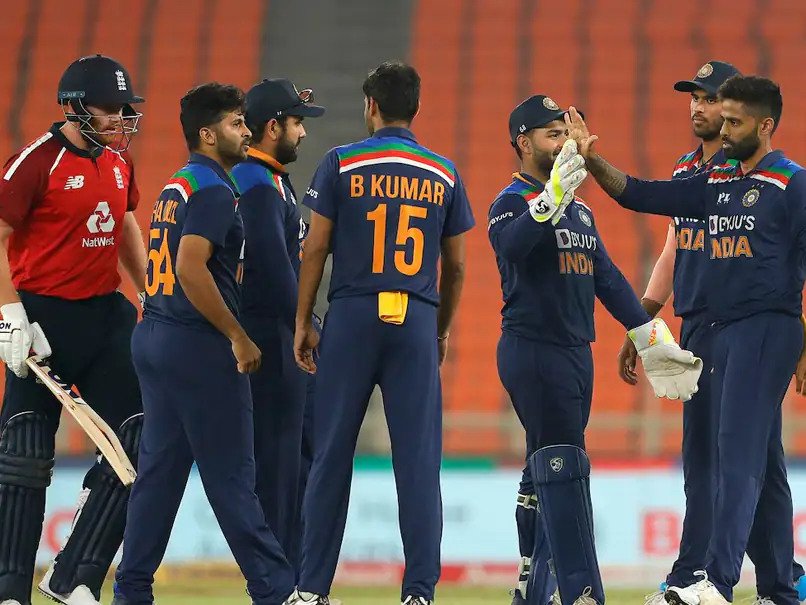The WTC final is now under a month away, but is it the World Test Championship?
The idea of a world tournament for the longest format of the game is a noble one, and it has added some much-needed context to test matches. However, when all the test-playing nations are not a part of this championship, is it right to call it a world championship?
There are a total of 12 test-playing nations that the ICC recognizes. Out of the 12, 9 are a part of the WTC. India, Australia, England, South Africa, Sri Lanka, Bangladesh, Pakistan, West Indies, and New Zealand compete in this championship.
However, the other three Test-playing nations, Zimbabwe, Ireland, and Afghanistan, are not a part of the WTC. When not all eligible teams get a chance to compete, how does it make it a world championship?
Everyone in the cricket ecosystem understands where the problem lies. Any test cricket not involving India, Australia, and England is not financially viable, creating several issues. Hence these three nations play a significantly higher number of matches, mostly among themselves, than other teams. And this brings us to another problem with WTC; not all teams play each other.
One solution proposed earlier to this problem, something the ICC should look into again, is a two-tiered system for test cricket. Divide the 12 teams into two pools of 6 according to ICC rankings.
Based on the current test rankings, India, New Zealand, England, Australia, Pakistan, and West Indies would make up the top-tier. The bottom tier would comprise South Africa, Sri Lanka, Bangladesh, Zimbabwe, Ireland, and Afghanistan.
The top-tier teams will play each other over two years for a place in the WTC final. The catch would be that the team that finishes sixth gets relegated to the bottom tier.
The bottom-tier teams also play each other over the same two-year period, with the team finishing on the top advancing to the top-tier. Such a system will ensure all 12 teams get a chance to have a shot at the WTC, making the tournament an actual World Championship.


